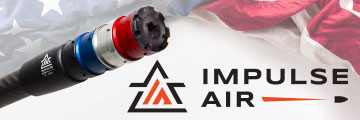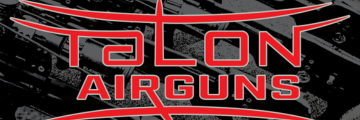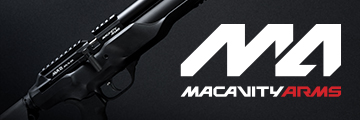TEXtreme being located about 20 miles northwest of Waco, 4 miles from the Lake Whitney dam, we consistently dodge extreme weather events that peter out within 5-10 miles of us. That being the case (again), we had a nice airgun Bench-Rest Silhouette match yesterday/Saturday at the Central Texas Rifle & Pistol club, 11 miles from the TEXtreme venue. The steady, but light rain all match didn't faze us at all.
That CTRPC's bench-rest range being well-covered from rain, our BRS match follows the rimfire BRS matches that shoot the same 1/10 scale silhouette targets at the same distances as we do (60, 75, 90 and 100 yards). Upon hearting the high rimfire score was 35/40, I commented "We'll beat that" (with airguns). We came close; the high scores in both the 100 Foot Pound Pellet and 100 Foot Pound Slug classes being 35/40 in tricky, gusty winds.
FWIW, and as usual, the forecast missed...
By a mile.
.
















































